I'm trying to build a filter in excel that applies to all pages, however, due to my language, there's a character (ő) which I cannot enter into the VBA Editor.
Any ideas?
I'm currently using this code:
With Worksheets(q) ' With each worksheet selected in the looping process we apply the Autofilter with a specific criteria. We wish to filter out all persons whose name begins with H .Range("A1").AutoFilter field:=1, Criteria1:=Array("Bazsalikom", "Koriander", "Barna Rizs", "Jázmin Rizs", "Fafülgomba", "Csirke (elősütött", "Tofu (kockázott)", "Fejeskáposzta (csíkozott)", "Kínai kel (szeletelt)", "Szójacsíra", "Vöröshagyma (csíkozott)", "Marha (elősütött)", "Újhagyma (szeletelt)", "Sárgarépa (csíkozott)", "Karfiol (forrázott)", "Kápia Paprika", "Bambuszrügy (konzerv)", "Sertés (elősütött)", "Kacsa (elősütött)", "Rák (mirelit)", "Csiperke Gomba", "Cukkini (szeletelt)", "Kaliforniai Paprika", "Brokkoli (forrázott)", "Ananász (konzerv - ételhez)"), Operator:=xlFilterValues End With Next q End Sub
I highlighted the problematic items bold. I'm using Office 2016 on a mac.




